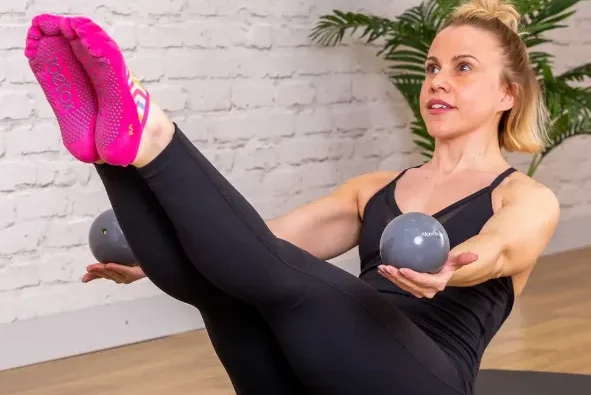
As we age, fitness takes on a new dimension. What worked in our twenties and thirties doesn’t always hold up in our forties and beyond. That’s why it’s essential to adjust how we approach exercise as we get older, focusing on what’s best for our bodies rather than pushing for the same intensity or goals we once had. If you’re over 50 and want to continue training effectively, here are three principles that will help you train smarter and stay strong for the long haul.
1. Prioritize Recovery
As we age, our bodies require more time to recover from workouts. The recovery process slows down, and we can’t push ourselves as hard or as often as we did in our younger years. That means it’s important to scale back both the volume and intensity of your workouts. Instead of doing five sets of a particular exercise, you may only be able to manage three. Similarly, instead of pushing for six or more reps, focusing on fewer reps with better form can make a big difference.
One of the biggest adjustments I’ve made is incorporating more rest between sets. This approach ensures that your body has enough time to recover before starting the next round. For example, one of my clients, who’s in her 70s, only does three sets of her main exercise—deadlifts—and two sets for other exercises. It’s all about making smarter choices to allow your body to recover fully.
2. Focus on Mobility
Mobility becomes a key component of training as we age. We naturally lose flexibility and range of motion over time, and without addressing these issues, it can become difficult to perform basic movements like squats or deadlifts safely. For many of my older clients, including one who is a world-record holding deadlifter, about half of their training time is dedicated to mobility exercises.
By prioritizing mobility, you improve your joint health, reduce the risk of injury, and enhance your overall performance. I encourage clients to spend significant time on mobility work, even using their rest periods between sets to focus on stretching or foam rolling. It’s not about skipping the work; it’s about balancing strength-building exercises with movements that improve flexibility and range of motion.
3. Posture and Warm-Up Matter More Than Ever
As we spend more years at desks or in sedentary positions, our posture often suffers. This can affect our ability to move through a full range of motion and can lead to discomfort or injury. That’s why every workout session should start with a solid warm-up. I advise all my clients, especially those over 50, to spend around 25 minutes on a dynamic warm-up before diving into their exercises. This might sound like a lot, but it’s an investment in preventing injuries and improving performance.
For many clients, I also suggest a tailored warm-up routine to address their unique needs. These routines might include mobility exercises, stretches, or activation drills that help correct posture and prepare the body for the upcoming session. By spending time on posture correction and warming up properly, you’ll reduce the risk of injury and set yourself up for more effective training.
How to Structure Your Workouts
Now that we’ve covered the key elements of recovery, mobility, and posture, it’s time to look at how to structure your workout sessions. For those over 50, the focus should be on overall fitness, rather than targeting one specific goal. Strength training, cardiovascular health, and flexibility should all be part of your routine.
Strength training doesn’t need to be complex. Stick to a few big movements—like squats, lunges, and push-ups—and perform them with good form. Aim for three sets of each exercise, with moderate weight that challenges you but doesn’t overstrain your joints. You don’t need a fancy workout plan to see results—just focus on moving heavy things with proper form.
When it comes to cardio, I recommend including shorter, more intense bouts of cardiovascular work, such as 10 minutes of intervals, twice a week. On the third session, dedicate a full workout to cardiovascular exercise, such as a longer walk or bike ride. This balanced approach ensures heart health without overtaxing the body.
Embrace the Long-Term Approach
At the end of the day, training smarter is about taking care of your body for the long haul. You don’t need to push for peak performance every day—your goal should be maintaining a healthy, functional body that can handle life’s demands. Whether you’re lifting weights, walking, or practicing yoga, it’s important to focus on consistency, recovery, and injury prevention.
Training for life is not about competing for trophies; it’s about feeling good, staying healthy, and avoiding injury as you age. The older athlete’s path is one of balance and moderation, focusing on maintaining your fitness levels while embracing the realities of aging. Keep it fun, stay injury-free, and train smarter for a healthier tomorrow.












